Are you struggling to get the most out of your Google Ads campaigns? You’re not alone. In the fast-paced world of digital advertising, staying ahead of the competition can feel like an uphill battle. But what if you could unlock the secrets of Optimize Google Ads from PPC experts and transform your campaigns?
Imagine significantly boosting your ROI, reaching your ideal customers with laser-like precision, and watching your conversions soar. 📈 It’s not just a dream—it’s entirely possible when you know how to Optimize Google Ads effectively. Whether you’re grappling with high costs per click, low click-through rates, or underwhelming conversion numbers, there’s a solution waiting for you.
In this guide, we’ll reveal 7 game-changing secrets from PPC experts that will revolutionize your Optimize Google Ads strategy. From integrating SEO and SEM for enhanced performance to crafting irresistible ad copy, we’ll cover everything you need to know to take your campaigns to the next level. Get ready to discover how you can leverage powerful Google Ads tools, outsmart your competitors, and create a seamless user experience that turns clicks into customers. Are you ready to unlock the full potential of your Google Ads? Let’s dive in!
Table of Contents
Integrate SEO and SEM for Optimize Google Ads
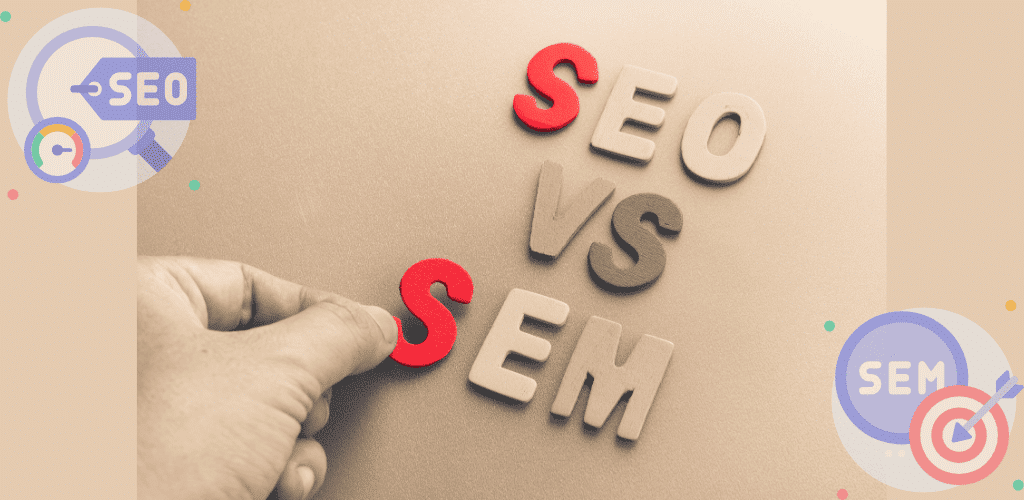
A. Leverage organic search insights for better ad copy
You can significantly enhance your Optimize Google Ads by integrating SEO insights into your ad copy strategy. By aligning your paid and organic efforts, you’ll create more compelling ads that resonate with your target audience. Here’s how you can leverage organic search data:
- Analyze high-performing meta descriptions
- Identify top-converting organic keywords
- Study user intent from organic search queries
Use these insights to craft ad copy that mirrors successful organic content. This approach ensures your ads speak directly to user needs and search behavior.
B. Improve quality scores through SEO-SEM alignment
Aligning your SEO and SEM strategies can lead to improved quality scores, which in turn can lower your cost-per-click and boost ad rankings. Here’s a table showcasing the benefits of SEO-SEM alignment:
| SEO-SEM Alignment Benefit | Impact on Google Ads |
|---|---|
| Enhanced keyword relevance | Higher quality scores |
| Improved landing page experience | Lower cost-per-click |
| Increased click-through rates | Better ad rankings |
| Consistent messaging across channels | Stronger brand presence |
To achieve this alignment:
- Share keyword data between SEO and PPC teams
- Optimize landing pages for both organic and paid traffic
- Use SEO insights to refine ad targeting
By integrating these strategies, you’ll create a cohesive online presence that maximizes both organic and paid performance. Remember, while Google Ads doesn’t directly influence organic rankings, the increased brand awareness from paid ads can lead to higher organic traffic over time.
Now that you’ve learned how to integrate SEO and SEM for enhanced performance, it’s time to focus on optimizing your targeting for maximum ROI. In the next section, we’ll explore advanced techniques to refine your audience targeting and ensure your ads reach the most valuable prospects.
Optimize Targeting for Maximum ROI
Now that we’ve covered integrating SEO and SEM for enhanced performance, let’s dive into optimizing targeting to maximize your ROI in Google Ads campaigns.
Focus on specific locations to increase conversion rates
You can significantly boost your conversion rates by targeting specific locations. By analyzing your audience data and customer demographics, you can identify high-performing geographic areas and tailor your ads accordingly. This approach allows you to allocate your budget more effectively, focusing on regions where your potential customers are most likely to convert.
Implement negative keywords to refine targeting
Refining your targeting through negative keywords is crucial for optimizing your Google Ads campaigns. By excluding irrelevant search terms, you can:
- Reduce wasted ad spend
- Improve click-through rates
- Increase overall campaign relevance
To implement negative keywords effectively:
- Regularly review your search term reports
- Identify keywords triggering your ads but not leading to conversions
- Add these terms to your negative keyword list
- Monitor and adjust your list periodically
Utilize audience targeting techniques for better reach
Leveraging audience targeting techniques can significantly enhance your campaign’s reach and effectiveness. Google Ads offers various targeting options to help you connect with the right audience:
| Targeting Type | Description | Benefits |
|---|---|---|
| Optimized Targeting | Automatically finds high-converting audience segments | Increases conversions for new customer acquisition |
| Audience Expansion | Finds similar audiences to your existing segments | Boosts impressions and conversions |
| Remarketing Lists for Search Ads (RLSAs) | Targets previous website visitors | Engages warm leads effectively |
By combining these targeting techniques, you can create a comprehensive strategy that reaches potential customers at various stages of the buying journey.
Remember to monitor your campaign performance regularly and adjust your targeting settings as needed. Optimized targeting, for instance, requires time to learn and identify the most effective audience segments. Wait for at least 50 conversions or two weeks before assessing its performance in new campaigns.
With your targeting optimized for maximum ROI, you’ll be well-prepared to prioritize Key Performance Indicators (KPIs) in the next section, ensuring your Google Ads campaigns continue to deliver strong results.
Prioritize Key Performance Indicators (KPIs)
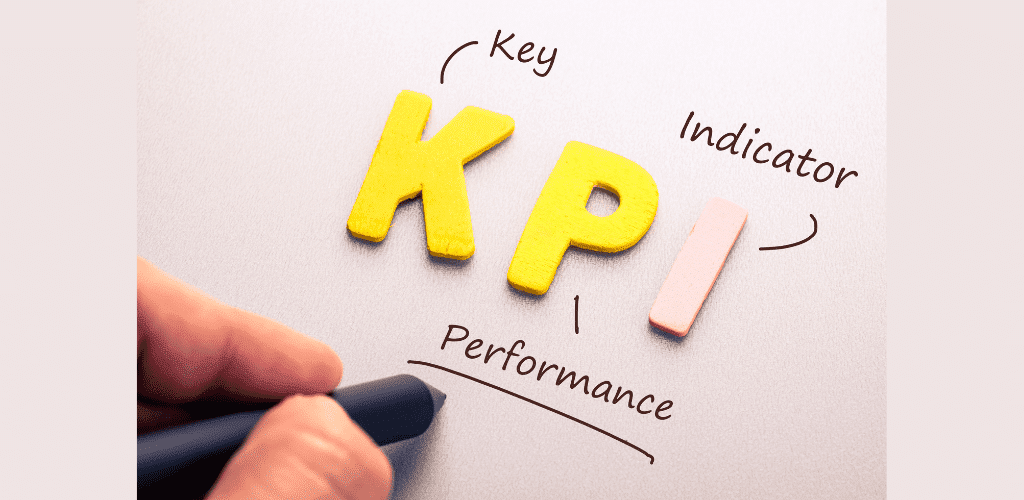
Now that we’ve optimized targeting for maximum ROI, it’s crucial to focus on the metrics that truly matter. Let’s dive into prioritizing Key Performance Indicators (KPIs) to ensure your Google Ads campaigns are delivering the best possible results.
Focus on attributed revenue and customer acquisition cost
When evaluating your Google Ads performance, you need to look beyond surface-level metrics. Here’s why focusing on attributed revenue and customer acquisition cost is essential:
- Attributed Revenue: This KPI directly ties your ad spend to actual sales, giving you a clear picture of your campaign’s impact on the bottom line.
- Customer Acquisition Cost (CAC): By understanding how much you’re spending to acquire each customer, you can make informed decisions about budget allocation and campaign optimization.
To effectively track these KPIs:
- Set up conversion tracking in your Google Ads account
- Integrate Google Ads with your CRM or e-commerce platform
- Regularly review and analyze the data to identify trends and opportunities
Look beyond traditional metrics like click-through rates
While click-through rates (CTR) have their place, they don’t tell the whole story. Here’s a comparison of traditional metrics versus more insightful KPIs:
| Traditional Metrics | Insightful KPIs |
|---|---|
| Click-Through Rate (CTR) | Return on Ad Spend (ROAS) |
| Number of Clicks | Cost Per Acquisition (CPA) |
| Impressions | Conversion Rate (CVR) |
| Average Ad Position | Quality Score |
By focusing on these insightful KPIs, you’ll gain a deeper understanding of your campaign’s effectiveness:
- ROAS shows you how much revenue you’re generating for every dollar spent on ads
- CPA helps you determine if you’re acquiring customers at a profitable rate
- CVR indicates how well your ads and landing pages are working together
- Quality Score impacts your ad placement and cost, reflecting overall campaign health
Remember, the goal is to optimize for business outcomes, not just clicks or impressions. By prioritizing these KPIs, you’ll be able to make data-driven decisions that improve your Google Ads performance and ultimately drive better results for your business.
With these KPIs in mind, you’re now ready to leverage Google Ads tools and features to further enhance your campaigns. In the next section, we’ll explore how you can use these powerful resources to gain deeper insights and automate optimizations for even better performance.
Leverage Google Ads Tools and Features

Now that we’ve explored the importance of prioritizing Key Performance Indicators (KPIs) for your Google Ads campaigns, let’s dive into leveraging Google Ads tools and features to maximize your advertising efforts.
A. Utilize the Google Ads recommendations tab
You can enhance your campaign performance by taking advantage of the Google Ads recommendations tab. This powerful tool provides personalized suggestions to optimize your ads based on your account’s data and industry trends. To make the most of this feature:
- Regularly review the recommendations
- Evaluate each suggestion carefully
- Implement relevant recommendations
- Monitor the impact on your KPIs
B. Explore Performance Max for increased conversions
Performance Max is a game-changing feature that uses AI and machine learning to optimize your ad performance across all Google channels. Here’s how you can leverage this tool:
| Benefits of Performance Max | How to Implement |
|---|---|
| Increased reach | Set clear conversion goals |
| Automated targeting | Provide high-quality creative assets |
| Cross-channel optimization | Define audience signals |
| Enhanced conversion rates | Regularly review performance insights |
By utilizing Performance Max, you’re allowing Google’s AI to work for you, potentially increasing conversions and improving your overall ROI.
C. Use the Google Ads mobile app for on-the-go management
The Google Ads mobile app is an invaluable tool for managing your campaigns on the go. You can:
- Monitor real-time performance metrics
- Make quick bid adjustments
- Pause or enable campaigns and ad groups
- Review and respond to notifications
By staying connected through the mobile app, you ensure that you’re always on top of your campaigns, ready to make critical decisions at a moment’s notice.
Remember to integrate these tools with your overall Google Ads strategy. Utilize the recommendations tab for ongoing optimization, explore Performance Max to boost conversions across channels, and leverage the mobile app for real-time management.
With these powerful Google Ads features at your disposal, you’re well-equipped to enhance your campaign performance. Next, we’ll explore how to research and implement competitor strategies to stay ahead in the competitive PPC landscape.
Research and Implement Competitor Strategies
Now that we’ve explored how to leverage Google Ads tools and features, let’s dive into researching and implementing competitor strategies to further optimize your campaigns.
A. Use tools like Ahrefs for competitive analysis
You can gain valuable insights into your competitors’ strategies using powerful third-party tools like Ahrefs. These tools allow you to:
- Analyze backlink profiles
- Examine organic and paid traffic
- Identify high-volume keywords
By utilizing Ahrefs, you can monitor changes in your competitors’ strategies over time, enabling you to adjust your own ad tactics accordingly. Here’s a quick comparison of key features:
| Feature | Ahrefs | SEMrush |
|---|---|---|
| Keyword research | ✓ | ✓ |
| Competitor analysis | ✓ | ✓ |
| Backlink analysis | ✓ | ✓ |
| PPC research | Limited | ✓ |
| Site audit | ✓ | ✓ |
B. Employ Auction Insights for understanding market position
Google Ads’ Auction Insights report is a powerful tool for understanding your market position relative to competitors. By leveraging this feature, you can:
- Compare impression share
- Analyze average ad position
- Evaluate overlap rate
These metrics provide crucial information about your visibility, bidding strategies, and overall ad performance compared to your competitors. Use this data to:
- Refine your bidding strategy
- Identify opportunities for improvement
- Understand your market share
By continuously tracking these metrics, you can adapt to industry trends and ensure your campaigns remain competitive in the ever-changing digital landscape.
With these competitor analysis strategies in mind, you’re now equipped to craft compelling ad copy and formats that stand out in the crowded PPC marketplace. In the next section, we’ll explore how to create ads that capture your audience’s attention and drive conversions.
Craft Compelling Ad Copy and Formats

Now that we’ve explored how to research and implement competitor strategies, let’s focus on crafting compelling ad copy and formats that will make your Google Ads stand out.
Use the 4U formula for effective headlines
When creating headlines for your Google Ads, you can leverage the 4U formula to capture your audience’s attention:
- Useful: Address user needs
- Urgent: Create a sense of timeliness
- Unique: Highlight your differentiators
- Ultra-specific: Be clear and precise
For example, instead of a generic headline like “Great Deals on Flights,” try “Book Now: 24-Hour Sale on Reliable Flights to 100+ Destinations.”
Highlight promotions to improve click-through rates
You can significantly boost your click-through rates by emphasizing promotions in your ad copy. Here’s how:
- Incorporate time-sensitive offers
- Use specific numbers or percentages
- Showcase unique selling points (USPs)
| Promotion Type | Example Ad Copy |
|---|---|
| Limited-time offer | “48-Hour Flash Sale: 30% Off All Bookings” |
| Seasonal discount | “Summer Special: Free Upgrades on International Flights” |
| Loyalty reward | “Members Save Extra 10% on Already Discounted Fares” |
Test various ad formats for optimal performance
To maximize your ad performance, you should experiment with different ad formats:
- Responsive Search Ads: These adapt to user queries, enhancing relevance and engagement.
- Dynamic Keyword Insertion: Personalize your ads by automatically inserting relevant keywords.
- Countdown Timers: Create urgency with real-time countdowns to offer expiration.
Remember to use A/B testing to compare different ad copies and formats. Focus on holistic performance metrics and maintain an organized testing framework to identify the most effective combinations.
By crafting compelling ad copy and utilizing various formats, you’ll be well-positioned to improve your ad strength and boost conversions. With these strategies in place, you can now turn your attention to enhancing user experience and site performance, which will further optimize your Google Ads campaign.
Enhance User Experience and Site Performance

Now that we’ve covered how to craft compelling ad copy and formats, let’s dive into enhancing user experience and site performance. These factors are crucial for converting clicks into customers and maximizing your Google Ads ROI.
Improve mobile site speed through image compression
You can significantly boost your landing page performance by focusing on mobile site speed. With 53% of mobile visits abandoned if load times exceed three seconds, optimizing your site’s speed is critical. Here’s how you can improve:
- Compress images to reduce file sizes without compromising quality
- Use Google’s PageSpeed Insights tool to identify specific areas for improvement
- Consider implementing Accelerated Mobile Pages (AMP) for lightning-fast loading
Minimize scripts for faster loading times
To further enhance your site’s performance:
- Carefully review and minimize the use of tracking pixels
- Optimize JavaScript and CSS files
- Leverage browser caching to store static resources
Remember, every second counts when it comes to mobile user experience. By streamlining your site’s code and resources, you’re more likely to keep potential customers engaged.
Ensure landing pages align with ad messaging
Maintaining consistency between your ads and landing pages is crucial for user experience and conversion rates. Here’s a quick comparison of aligned vs. misaligned messaging:
| Aligned Messaging | Misaligned Messaging |
|---|---|
| Meets user expectations | Creates confusion |
| Increases relevance | Reduces trust |
| Improves Quality Score | Lowers ad performance |
| Boosts conversion rates | Increases bounce rates |
To align your landing pages with your ad messaging:
- Use consistent language and offers
- Maintain visual continuity (colors, logos, imagery)
- Ensure the landing page directly addresses the user’s intent
By implementing these strategies, you’ll create a seamless experience from ad click to conversion, ultimately improving your Google Ads performance.
With these user experience and site performance enhancements in place, you’re well-equipped to maximize the effectiveness of your Google Ads campaigns. In the next section, we’ll address some frequently asked questions to further refine your PPC strategy.
FAQ
Now that we’ve covered how to enhance user experience and site performance, let’s address some frequently asked questions about optimizing Google Ads.
How do you optimize Google Ads?
To optimize your Google Ads, you need to focus on several key areas:
- Keyword optimization:
- Use tools like Google Ads Keyword Planner and SpyFu to identify new, relevant keywords
- Implement Single Keyword Ad Groups (SKAGs) for better control and relevance
- Utilize negative keywords to exclude irrelevant search terms
- Use tools like Google Ads Keyword Planner and SpyFu to identify new, relevant keywords
- Ad targeting:
- Leverage Remarketing Lists for Search Ads (RLSAs) to target previous website visitors
- Analyze demographic and geographical data to refine your targeting
- Leverage Remarketing Lists for Search Ads (RLSAs) to target previous website visitors
- Performance monitoring:
- Focus on high-level metrics like Return on Ad Spend (ROAS)
- Regularly assess campaigns to avoid stagnation and budget waste
- Focus on high-level metrics like Return on Ad Spend (ROAS)
- Continuous improvement:
- Conduct A/B testing to refine ad performance
- Make data-driven decisions for ongoing optimization
- Conduct A/B testing to refine ad performance
How can I make Google Ads work better?
To improve your Google Ads performance, consider the following strategies:
- Integrate SEO and SEM:
- Align your PPC efforts with your overall search engine marketing strategy
- Align your PPC efforts with your overall search engine marketing strategy
- Leverage automation:
- Use Google’s AI-powered tools for data collection and bidding optimization
- Use Google’s AI-powered tools for data collection and bidding optimization
- Optimize your ad copy:
- Write compelling, benefit-focused ad copy that resonates with your target audience
- Use social proof to increase credibility
- Write compelling, benefit-focused ad copy that resonates with your target audience
- Enhance landing pages:
- Create relevant landing pages that align with your ad content
- Improve page load speed and user experience
- Create relevant landing pages that align with your ad content
- Utilize Google Ads features:
- Implement ad extensions to enhance visibility
- Enable auto-apply recommendations to save time on manual optimizations
- Implement ad extensions to enhance visibility
Here’s a comparison of optimization frequencies:
| Frequency | Actions |
|---|---|
| Daily | Check for performance anomalies |
| Weekly/Biweekly | Adjust search terms and bid strategies |
| Monthly | Evaluate ad performance and demographic targeting |
| Quarterly | Review overall campaign effectiveness and strategy |
By following these optimization techniques and maintaining a consistent optimization schedule, you can significantly improve your Google Ads performance and maximize your return on investment.


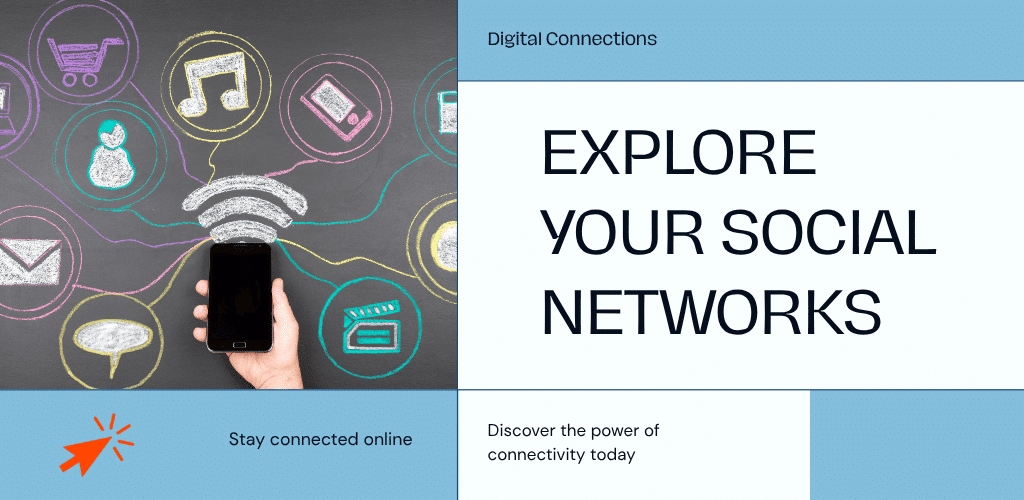

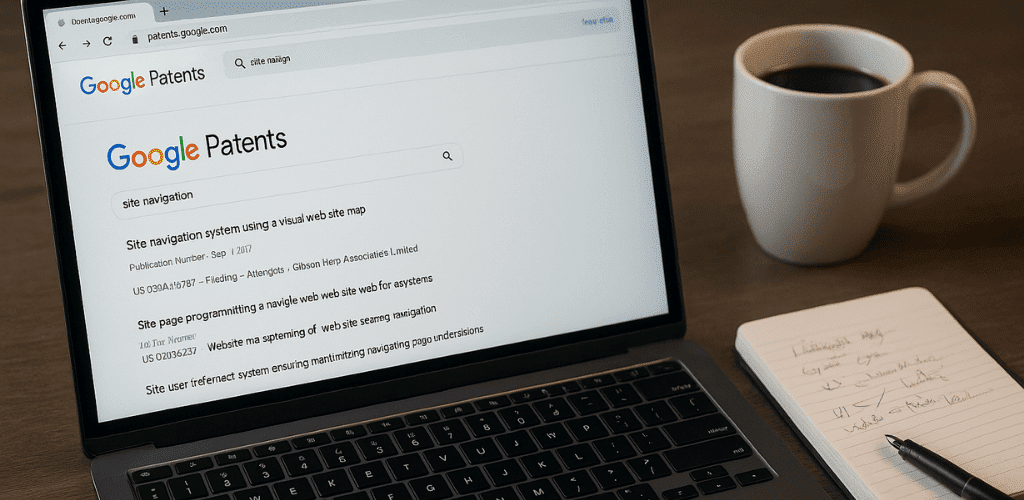

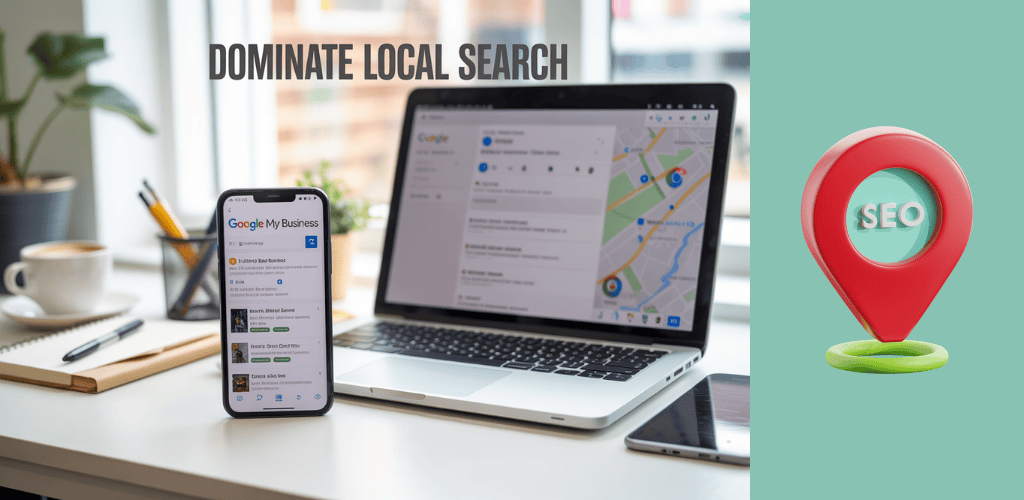

[…] Craft compelling ad copy […]